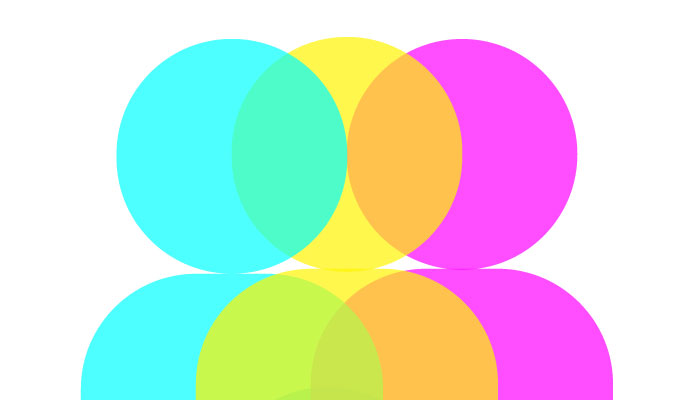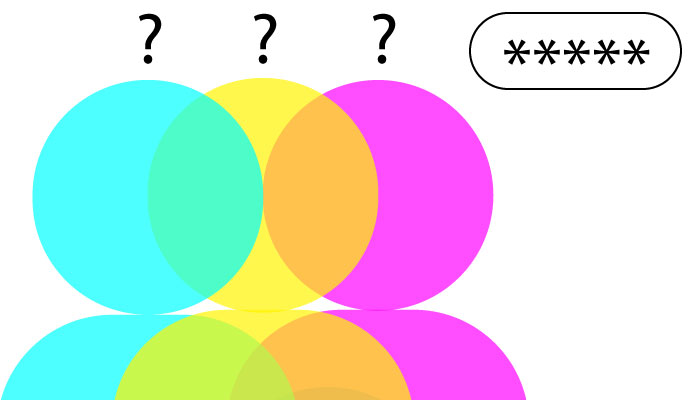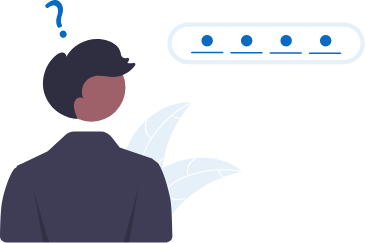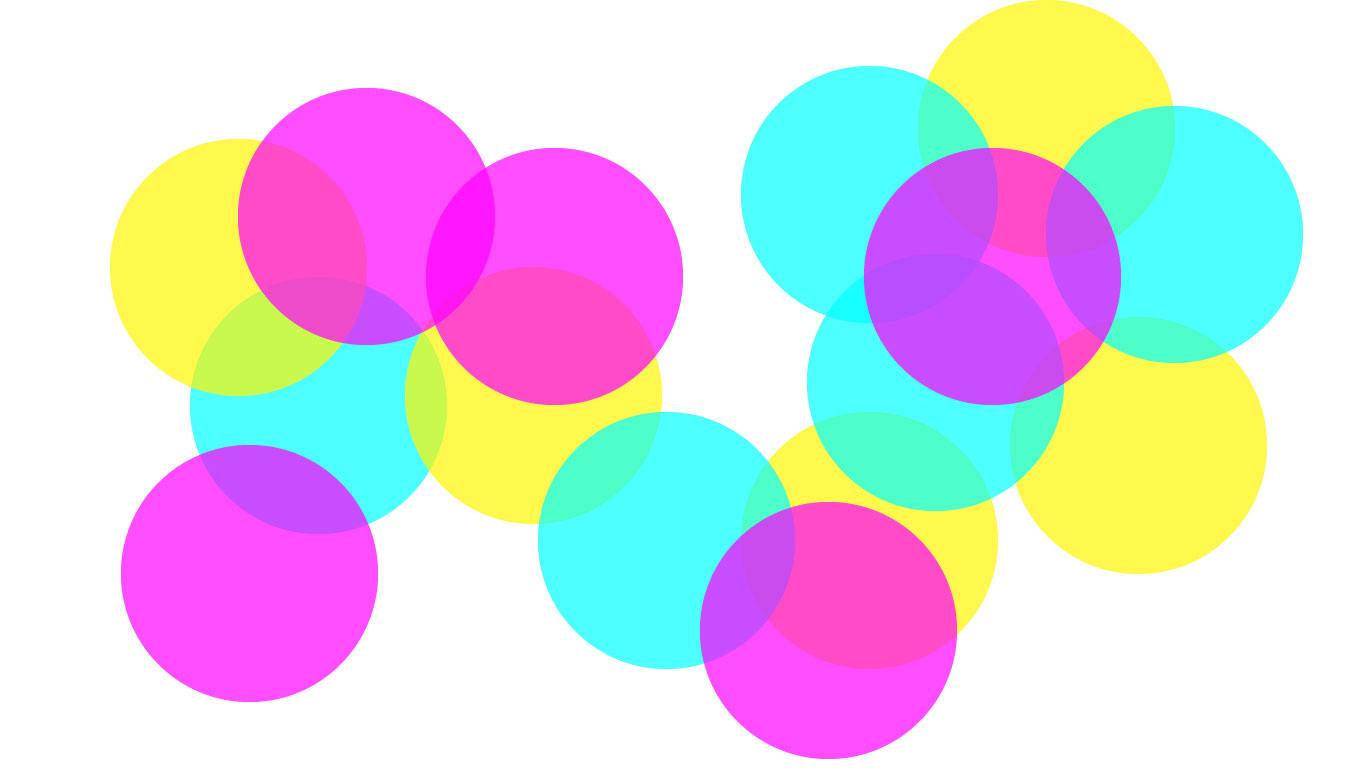Image by Freepik |
Gender diversity is a concept that challenges traditional binary definitions of gender. It acknowledges that gender is not confined to a simple male-female dichotomy but exists along a rich and varied spectrum. In this article, we will explore the definition of gender diversity and provide a comprehensive list of gender identities to better understand the complexities of gender.
Defining Gender Diversity
Gender diversity is the recognition and acceptance of the wide range of gender identities that exist beyond the traditional categories of male and female. It encompasses an understanding that an individual’s gender identity may not necessarily align with the sex they were assigned at birth. Here are some key aspects:
- Gender Identity: Gender identity is an individual’s internal sense of their own gender, which may or may not correspond with their assigned sex at birth.
- Gender Expression: Gender expression refers to how an individual expresses their gender identity through clothing, behavior, hairstyles, and other means. It is not limited to conforming to societal gender norms.
- Gender Spectrum: The gender spectrum is a visual representation of the diversity of gender identities. It recognizes that people can identify as male, female, a combination of both, neither, or as different genders entirely.
A Comprehensive List of Gender Identities
- Male: A gender identity traditionally associated with individuals assigned male at birth.
- Female: A gender identity traditionally associated with individuals assigned female at birth.
- Transgender: An individual whose gender identity differs from their assigned sex at birth.
- Cisgender: Individuals whose gender identity aligns with the sex they were assigned at birth.
- Non-binary: A gender identity that doesn’t fit within the traditional male-female binary. Non-binary individuals may identify as a mix of both genders, neither gender, or as a different gender entirely.
- Genderqueer: A term used by individuals whose gender identity is fluid and doesn’t conform to conventional definitions of male or female.
- Genderfluid: A gender identity characterized by a fluid and changing experience of gender. Genderfluid individuals may identify as different genders at different times.
- Agender: A gender identity where an individual does not identify with any gender or experiences a lack of gender.
- Bigender: A gender identity where an individual identifies as two distinct genders, either simultaneously or at different times.
- Two-Spirit: A term used by some Indigenous cultures in North America to describe a gender identity that holds both masculine and feminine qualities. It is specific to Indigenous cultures.
- Androgynous: A gender expression that combines characteristics of both masculinity and femininity, or a gender identity that exists in between male and female.
- Demiboy/Demigirl: Individuals who partially, but not wholly, identify as male (demiboy) or female (demigirl).
- Neutrois: A gender identity that is neutral, meaning the individual does not identify as male or female.
- Gender Questioning: Individuals who are exploring and questioning their gender identity.
- Pangender: A gender identity characterized by a deep sense of connection to all genders.
- Hijra: A gender identity recognized in South Asia, often associated with a distinct social role and cultural history.
- Third Gender: In some cultures, a distinct gender category apart from male and female, which may have different roles and social recognition.
- Intersex: Individuals born with variations in sex characteristics that don’t fit typical definitions of male or female.
- Queer: An umbrella term used by some to describe gender and sexual identities that do not conform to traditional norms.
It’s important to remember that this list is not exhaustive, and the language and concepts related to gender diversity continue to evolve as our understanding of gender expands. Respecting and using an individual’s preferred pronouns and identities is a crucial aspect of promoting gender diversity and inclusion.
Understanding and embracing gender diversity is essential for fostering a more inclusive and equitable society. By acknowledging the broad spectrum of gender identities and expressions, we promote respect, acceptance, and equality for all individuals, regardless of where they fall on the spectrum. Gender diversity is not just a concept; it’s a celebration of the uniqueness and authenticity of every person, enriching the tapestry of human experience.




